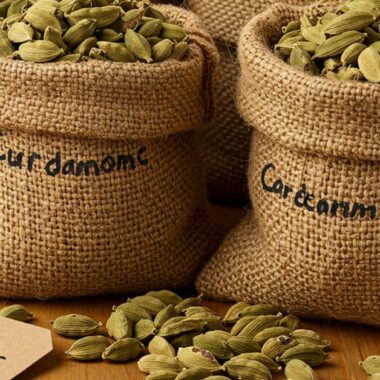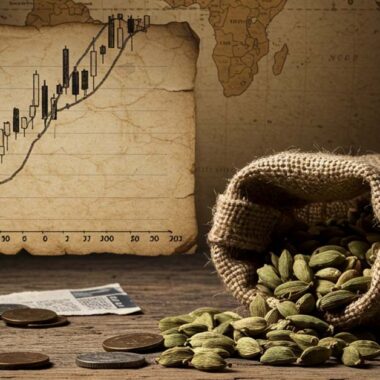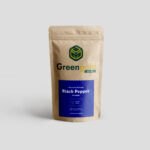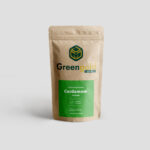Cardamom, often called the “Queen of Spices”, is one of the most sought-after spices worldwide. With its unique aroma and medicinal benefits, demand for cardamom has surged in international markets, especially in the Middle East, Europe, and the US. But how does this affect the farmers who cultivate it? Let’s take a deep dive into how global demand shapes the lives of cardamom farmers, their earnings, and their challenges. 🚜🌿
📈 Rising International Demand for Cardamom
🔥 Top Buyers: The Middle East, especially Saudi Arabia and the UAE, consumes large quantities of cardamom for coffee, cuisine, and medicine.
🔥 Growing Western Interest: The spice is gaining popularity in Europe and the US for its health benefits and use in specialty foods like chai, desserts, and supplements.
🔥 Market Boom: Countries like India and Guatemala are the largest exporters, controlling a significant portion of the global supply.
💡 High demand = high prices, but does this benefit the farmers? Let’s find out!
💰 How Global Prices Impact Farmers
The international price of cardamom is highly volatile 📉📈 and depends on:
✔️ Weather Conditions – Unpredictable monsoons or droughts can reduce supply, increasing global prices.
✔️ Export Policies – Trade restrictions, tariffs, and government regulations can impact farmers’ earnings.
✔️ Market Speculation – Traders and middlemen often manipulate prices, causing instability.
✔️ Production from Other Countries – Guatemala and India compete in the market. If one country produces more, global prices drop.
💡 While high prices can benefit farmers, middlemen and exporters often take a big share of the profits.
🤔 Challenges Faced by Cardamom Farmers
Despite international demand, many small-scale farmers struggle due to:
🚜 Unstable Income: Price fluctuations mean one year may bring high profits, while the next may be a huge loss.
🛒 Middlemen Exploitation: Many farmers don’t sell directly to exporters and rely on middlemen, who take large commissions.
🌱 High Production Costs: Farmers spend heavily on fertilizers, irrigation, and pest control to ensure good yields.
🌍 Climate Change: Unpredictable rainfall and temperature changes are making cardamom farming riskier than ever.
📜 Strict Export Standards: International markets demand high-quality cardamom, leading to rejected produce if quality isn’t met.
💡 Even though global demand is high, not all farmers see the profits they deserve.
✅ Solutions: How Can Farmers Benefit More?
🔄 Direct Export Opportunities – Encouraging cooperatives where farmers sell directly to international buyers can cut out middlemen.
📊 Better Market Information – Access to real-time price data can help farmers sell at the right time.
🌱 Sustainable Farming Practices – Organic and high-quality premium cardamom can fetch higher prices.
🏦 Financial Support – Government subsidies or loans can help small farmers survive market crashes.
💡 When farmers get fair prices, the entire industry benefits!
🌿 The Future of Cardamom Farmers in the Global Market
With rising demand, cardamom farming remains profitable, but farmers need fairer trade systems and market transparency to truly thrive. 🌍💚
👉 Want to support high-quality, ethically sourced cardamom? Buy directly from Greengold Guide 🌿✨












